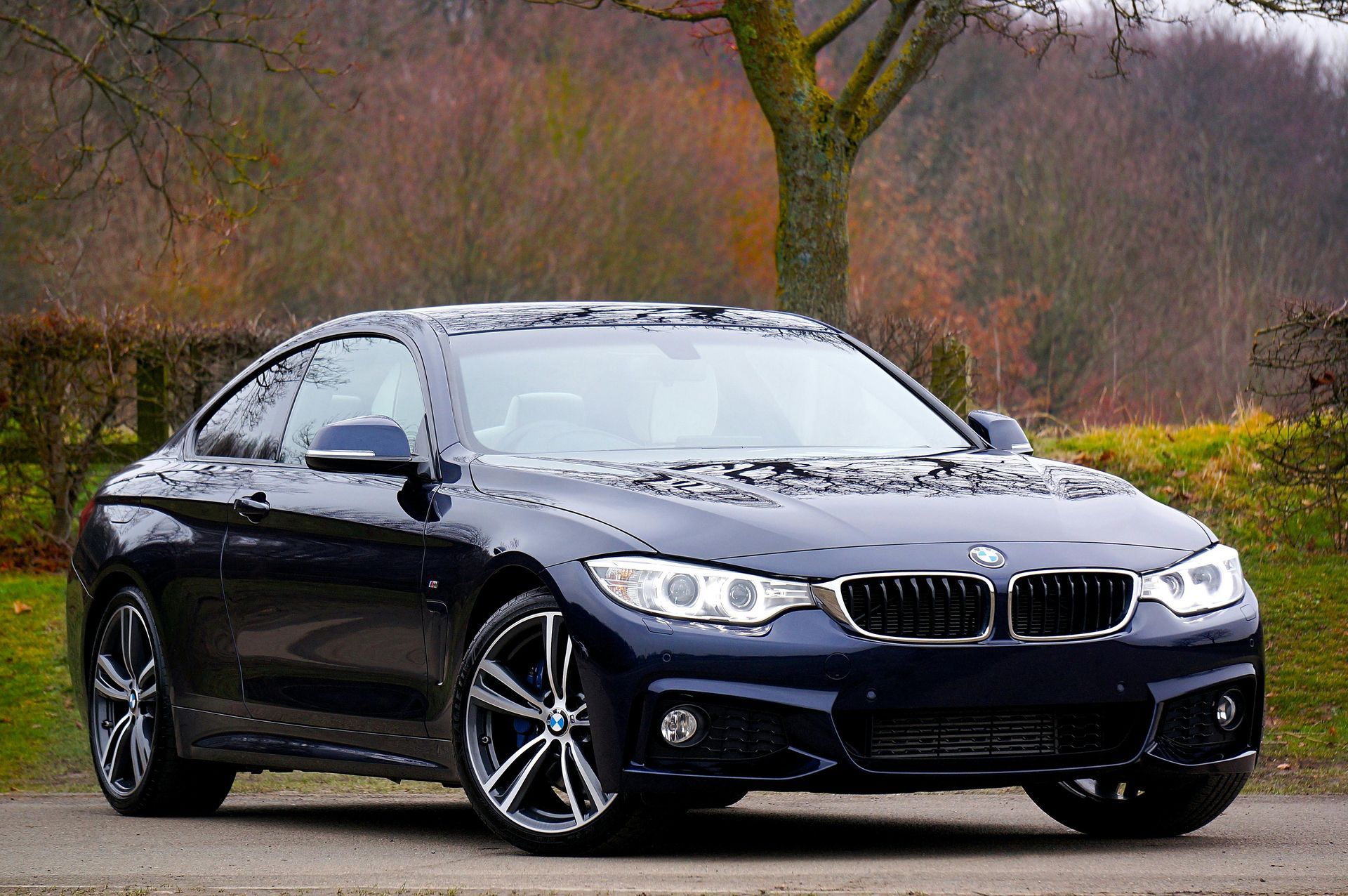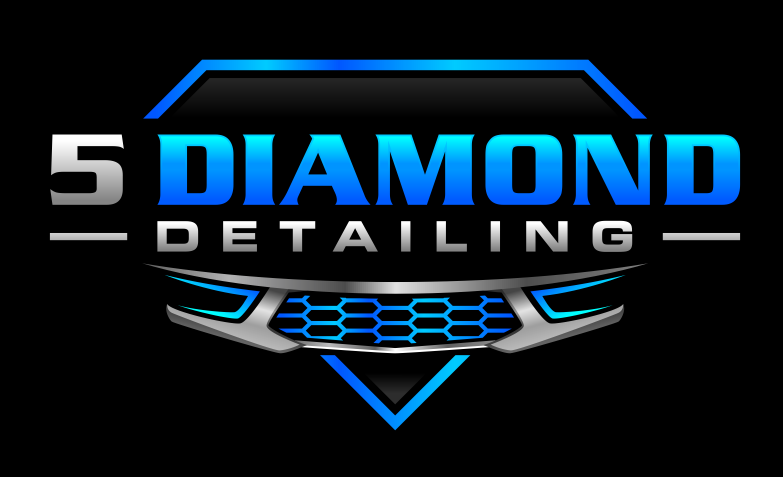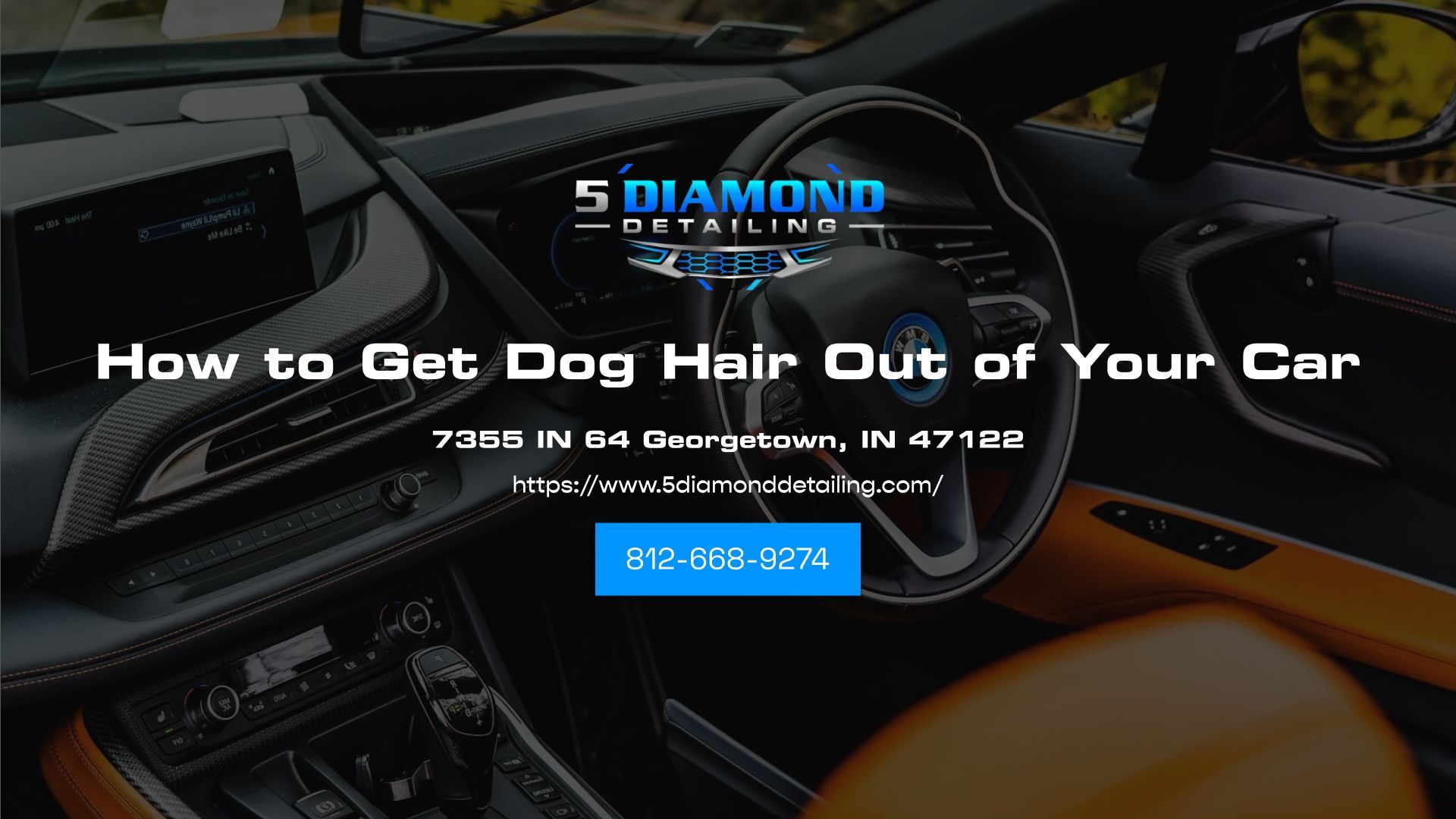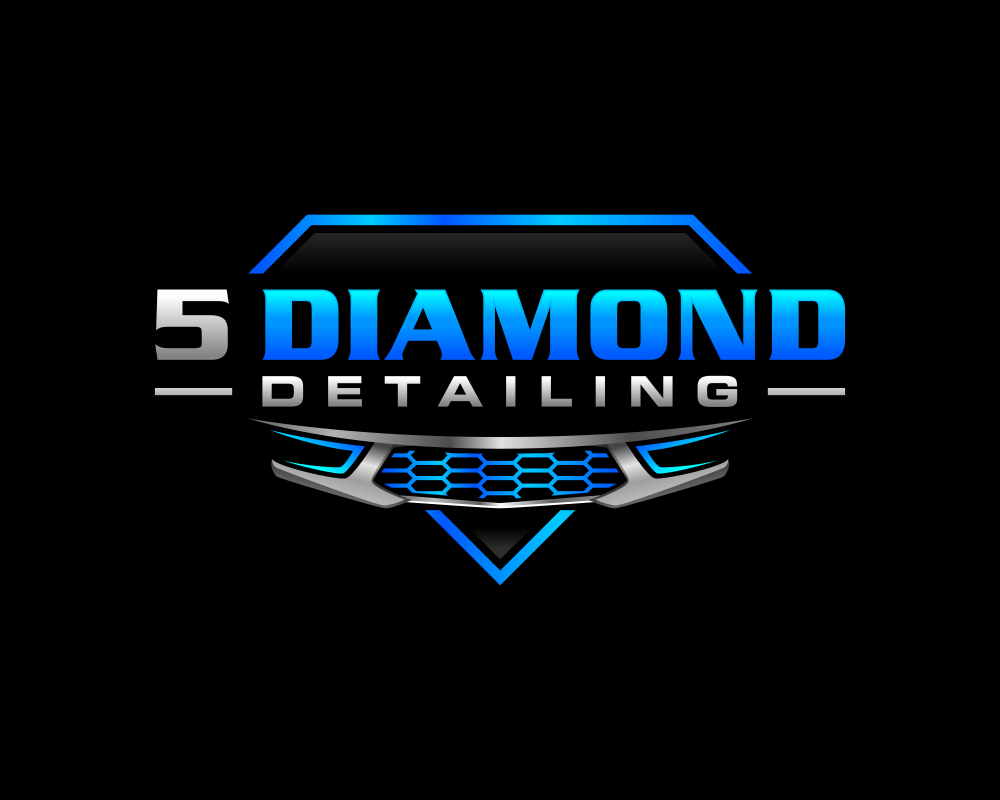What Is Paint Correction? The Complete Guide To Restoring Your Car’s Finish
What is paint correction? Paint correction is the professional procedure of removing visual defects such as swirl marks, oxidation, and micro-scratches from the clear coat of your car. Unlike repainting, paint correction will restore the gloss and depth to your factory paint without replacing it. In this guide, 5 Diamond Detailing breaks down and explains each step of the process, how it works, why it is important, and what makes expert correction the foundation for maintaining your vehicle's beauty and value.
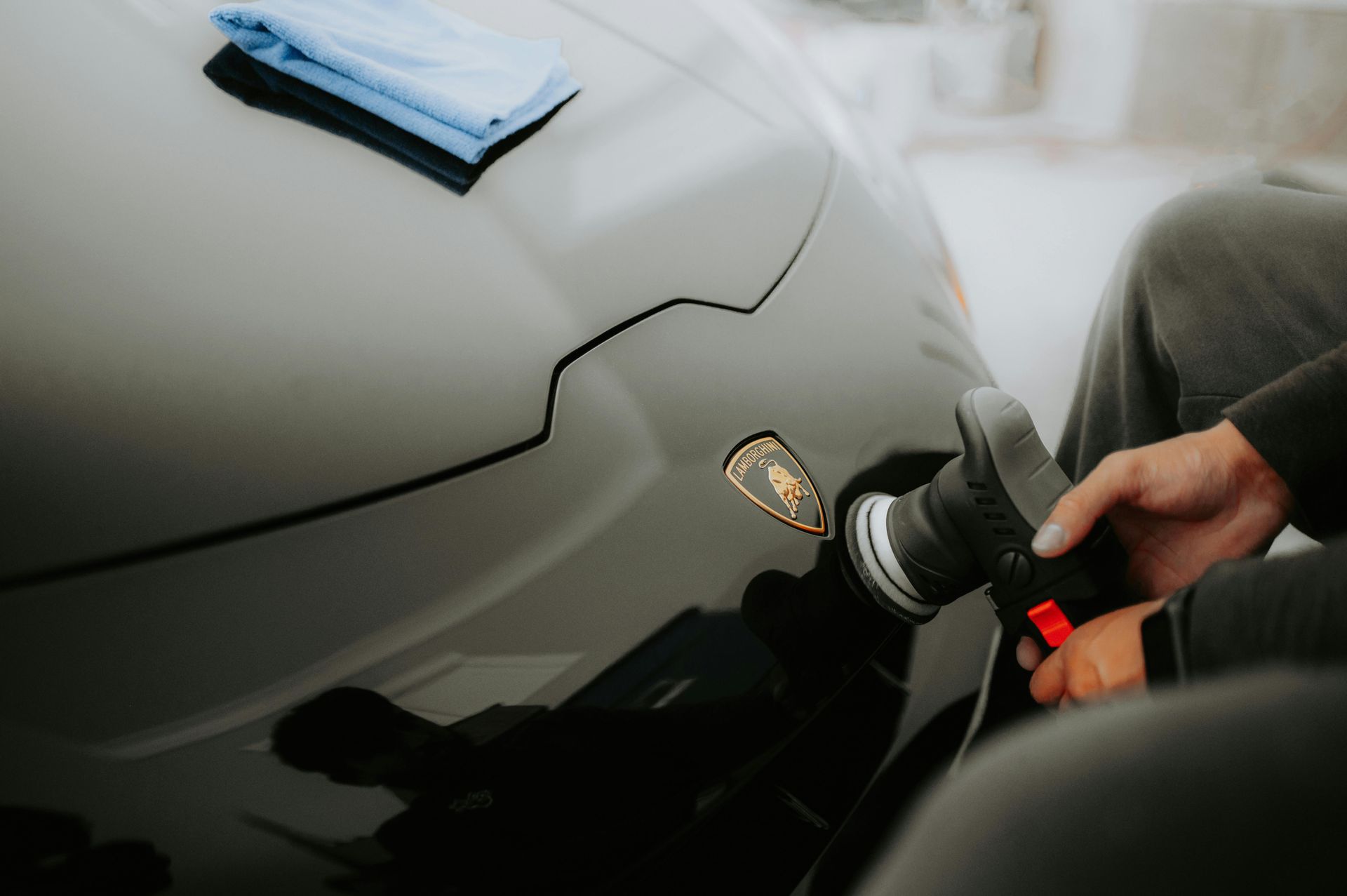
Key Takeaways
- Paint correction is a professional process that removes swirl marks, oxidation, and scratches from the clear coat, restoring depth and factory-level gloss.
- The paint correction process involves 5 main steps: inspection, tool selection, correction, refinement, and protection, to achieve a flawless finish.
- Professional paint correction enhances UV resistance, color clarity, and resale value, especially when combined with ceramic coating or paint protection film (PPF).
- The average cost ranges from $400–$900, and the time investment typically spans 4–12 hours, depending on vehicle size and paint condition.
- Choosing a professional service ensures complete, uniform correction, long-term durability, and results that outperform DIY paint correction kits.
Understanding What Paint Correction Is & Why It’s Essential
Paint correction is more than just cosmetic - it plays a vital role in preserving your car’s paintwork and overall value.
As time goes on, the clear coat is compromised through exposure to UV rays, washing with harsh chemicals, and environmental contamination. This all leads to a dulled appearance, degradation of the surface, and overall reduced life of the paint.
A professional correction will fix damage like:
- Swirl Marks
- Paint haze and oxidation
- Light scratches
- Water spots or acid etching
Restoring depth, shine, and smoothness not only improves your car’s appearance but also increases its resale value. The surface will also be ready for even greater protection (like ceramic coatings or paint protection film) options to enhance the durability of the paint even more!
What’s In Car Paint And Why It Matters
Your vehicle’s paint has 3 primary layers:
- The primer layer bonds the paint to the surface and prevents corrosion
- The base coat provides the color
- The clear coat adds depth and protects against UV rays, chemicals, and minor abrasions
Paint correction focuses exclusively on refining the clear coat. Professionals carefully remove microscopic layers of damage using safe abrasives, polishers, and surface analysis tools, without compromising the integrity of the paint system.
How Do You Know If You Need Paint Correction?
You might want to consider a professional paint correction if you see:
- A cloudy or hazy finish after washing
- Swirls are present and visible in the sunlight
- A rough, dry feeling on your hand when going over the paint
- Water spots/stains that just won't come off with normal cleaning
The sooner paint damage is detected, the easier it is to correct. The longer you leave oxidation or etching on your paint, the more it penetrates the clear coat, eventually being a need for painting instead of correcting.
The Paint Correction Process (Step-by-Step)
The paint correction process is a multi-stage system used by professional detailers to remove paint defects. If you’re wondering what paint correction is, it’s essentially a safe method to refine the clear coat and restore factory shine, without repainting. The paint correction process includes 5 main stages:
Step 1: Assessing the Paint Condition
Professionals begin with a surface inspection using paint depth gauges, surface analyzers, and magnifiers. This helps identify the type and severity of imperfections. Inspecting the paint entails identifying defects to determine the proper correction level.
Step 2: Choosing the Right Tools and Compounds
Next, technicians select precise tools such as buffing pads, polishing compounds, detailing lights, and microfiber towels. Each tool supports compounding, polishing, and buffing stages. Safety is maintained using PPE (personal protective equipment) and EPA-compliant products.
Step 3: Executing the Paint Correction
The main correction phase involves compounding, polishing, buffing, and sometimes wet sanding. These paint refinement and surface correction methods remove swirl marks and scratches without damaging the clear coat. Buffing the paint entails smoothing the surface and enhancing its gloss.
Step 4: Refining and Finishing the Surface
After major defects are removed, fine polishing begins to perfect the clear coat. This paint enhancement step deepens gloss and improves reflection. Correcting swirl marks entails achieving a smooth finish with rich, uniform clarity.
Step 5: Protecting the Corrected Paint
Finally, professionals apply paint protection through advanced protective treatments like PPF (paint protection film) or ceramic coatings. A paint sealing layer adds UV defense and hydrophobic properties. Applying sealant entails protecting the corrected paint to maintain long-term shine and durability.
Common Paint Defects Corrected By Professionals
Professional detailers employ specialized cosmetic repair techniques to fix nearly all surface imperfections. Here is a summary of the 3 most frequently repaired paint defects to create a perfect high-gloss surface.
Swirl Marks And Light Scratches
Often caused by improper washing or towel drying of the vehicle. Detailers use dual-action polishers and fine abrasives to safely remove swirl marks and light scratches without overcutting.
Oxidation And Fading
The UV rays break down the clear coat and cause paint to become chalky or dull. Correction removes this oxidized clear coat and uncovers rich, vibrant paint underneath.
Water Spots And Etching
Minerals from water and acid rain can etch into the paint. Professional detailers will safely remove these etchings by means of either polishing or light wet sanding, depending on the severity.
Paint Correction Vs. Polishing Vs. Repainting: What’s The Difference?
Each method serves a different purpose depending on your paint’s condition, defect severity, and your long-term goals.
| Method | Purpose | Affects | Durability | Cost Level |
|---|---|---|---|---|
| Paint Correction | Removes defects and restores gloss | Clear coat | Long-term | Moderate |
| Polishing | Enhances shine, minor defect removal | Top layer | Short-term | Low |
| Repainting | Full refinishing for severe damage | All paint layers, including the clear coat | Permanent | High |
Conclusion: Paint correction is ideal for surface-level defects. However, for issues like chipped paint or missing clear coat, more advanced repair or touch-up may be needed. Learn more about whether paint correction can fix chips in our detailed article.
Is Paint Correction Worth The Investment?
Indeed, professional paint correction provides a quantifiable aesthetic enhancement and long-term enhancement to your vehicle's value. Here's how a professional paint correction is beneficial for your car's finish.
- Removes swirl marks, oxidation, and haze from the surface.
- Restores deep color, clarity, and a mirror-type gloss.
- Readies the paint finish for ceramic coatings or PPF by providing the ideal surface for bonding.
- Preserves the OEM factory finish without a repaint.
- Increases resale value by consistently making your vehicle appear well cared for.
- Provides a consistent, defect-free result on all panels.
- Lasts longer against DIY polishing with gloss and protection.
DIY Vs. Professional Paint Correction
| Feature | DIY Paint Correction | Professional Paint Correction |
|---|---|---|
| Skill Level Required | Basic knowledge of tools and products | Advanced expertise and years of experience |
| Tools & Products | Consumer-grade polishers and compounds | Professional-grade equipment and premium materials |
| Safety Standards | Limited - users often skip PPE | Strict use of PPE and compliance with EPA (Environmental Protection Agency) standards |
| Results | May reduce defects, but risk of incomplete correction | Delivers consistent, swirl-free, high-gloss results |
| Durability | Short-term improvement | Long-lasting finish and paint protection |
| Cost | Lower initial investment | Higher upfront, better long-term value (based on MSP – manufacturer’s suggested price) |
| Best For | Hobbyists and enthusiasts | Car owners seeking professional-grade restoration |
Conclusion: DIY kits can help reduce minor defects but carry risk if done incorrectly. Professionals ensure surface integrity and better finish quality.
Cost And Time Investment Of Paint Correction
How Much Does Paint Correction Cost?
The cost of paint correction will depend on the size of your vehicle and the condition of your paint, as well as the extent of imperfections in the surface. Here at 5 Diamond Detailing, we are transparent with our pricing and align with MSP (Manufacturer’s Suggested Price) for a fair, consistent value.
| Service Level | Single Stage Correction | Multi-Stage Correction |
|---|---|---|
| Price Range | Starting at $400 | $700-900 |
| Best For | Light swirl marks, mild oxidation, and general haze | Deeper scratches, heavy oxidation, and uneven areas of clear coat |
Every package includes:
- Full paint inspection and thickness measurement
- Professional compounding and polishing.
- Final wipe-down and surface protection (sealant or ceramic coating optional).
How Long Will Paint Correction Take?
- Average Turnaround Time: 4-12 hours per vehicle
- Factors That Affect Time
- Vehicle size: Larger vehicles (SUVs, trucks) have a larger surface area to work with.
- Paint condition: A heavily damaged clear coat will require a multi-stage correction.
- Protection type selected: A ceramic coating or PPF will require some additional curing/application time.
- Inspection and prep stage: We strive to do the most thorough preparation to ensure the correction is safe and accurate.
How To Protect Your Vehicle After Paint Correction
After paint correction, it's important to maintain the results. Protective measures will help you extend the protection and improve durability and gloss. Most detailers will suggest either a PPF or a ceramic coating that provides UV protection.
Another option is to seal the paint and create a hydrophobic layer. Traditional wax or a basic sealant provides a short-lasting shine, while modern coatings last much longer. To preserve a freshly restored appearance, wash and dry the vehicle safely on a regular basis, and professionally recoat every 6–12 months.
Paint Correction Vs. Ceramic Coating: Do You Need Both?
Yes, you can choose both if you want true paint protection and long-lasting shine. Knowing the difference between paint correction and ceramic coating will help car owners choose the right paint protection for long-lasting shine and durability.
| Feature | Paint Correction | Ceramic Coating / PPF |
|---|---|---|
| Primary Purpose | Eliminates scratches, swirl marks, and oxidation to restore the paint's surface | Protects the corrected paint from UV rays, dirt, and chemical damage |
| Process Type | Surface restoration and paint refinement | Protective treatment and paint sealing |
| When To Apply | Before coating or waxing | After correction for the best adhesion |
| Durability | Semi-permanent – lasts until new defects appear | Long-term – 2 to 5 years with proper care |
| Main Benefit | Creates a flawless, glossy finish | Provides hydrophobic protection and easier cleaning |
| Ideal For | Vehicles with visible paint imperfections | Vehicles with newly corrected or pristine paint |
| Result | Smooth, defect-free shine | Deep gloss, long-lasting protection |
Book A Professional Paint Correction Near You
Bring back your car’s showroom shine - book your paint correction with 5 Diamond Detailing today. Our certified experts deliver precision, protection, and flawless results. Drive away with a finish that looks brand new and lasts for years.
FAQs

